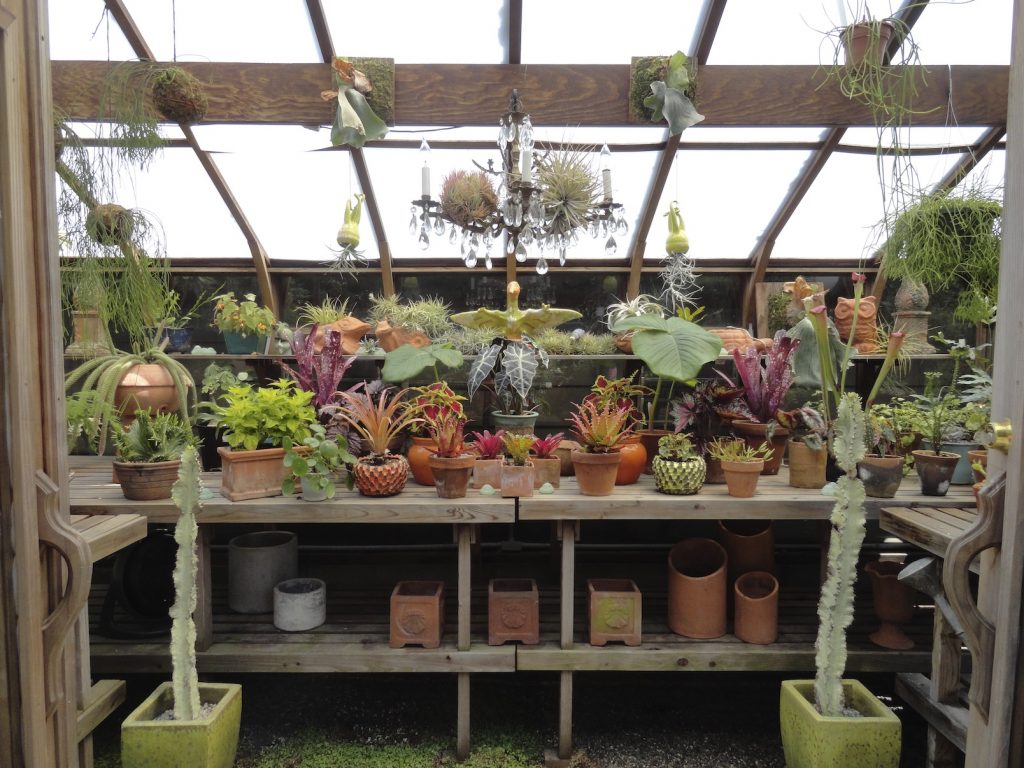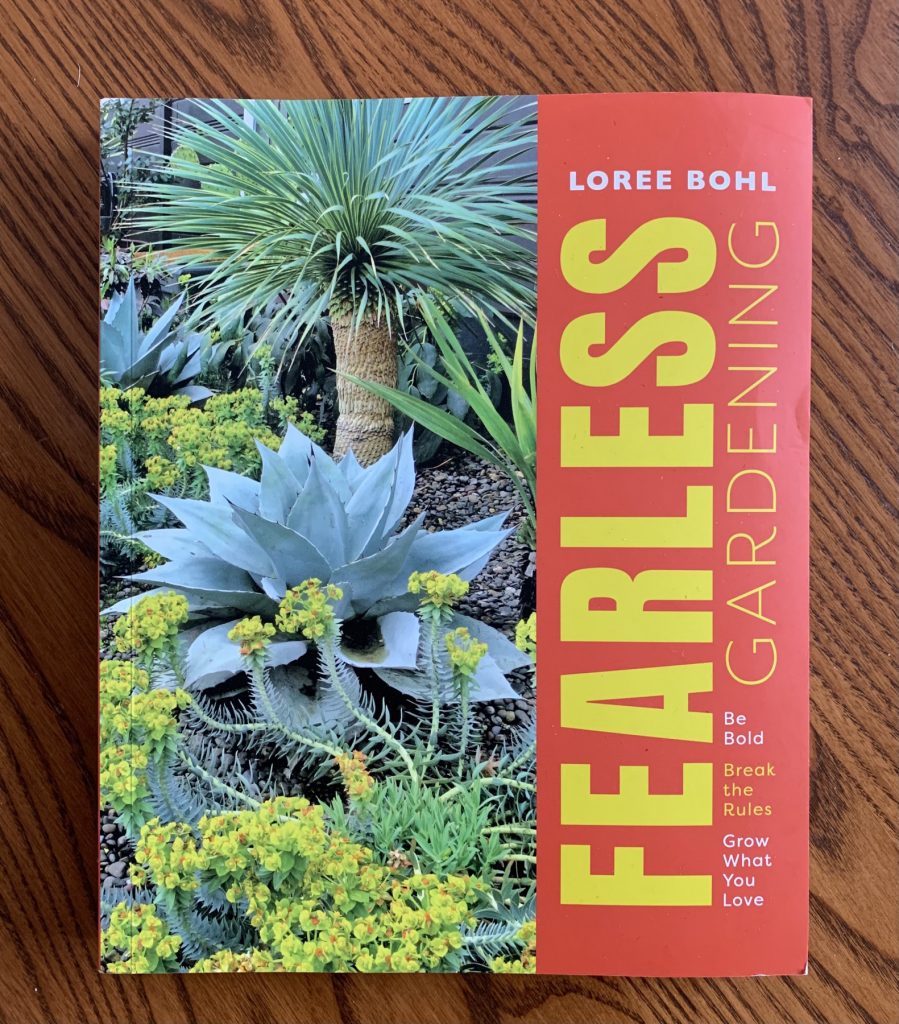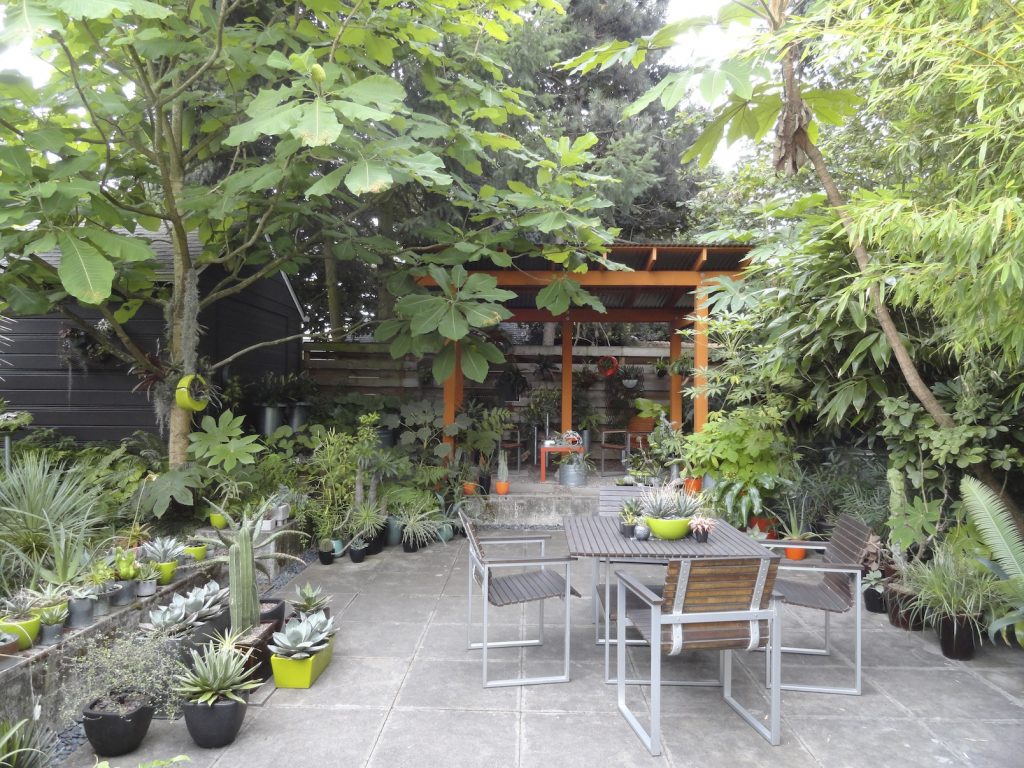A thing the gardening life teaches you is that you’re never too old to learn. Each new climate zone I’ve gardened in has been an upward curve on the horticulture and landscape grid – and kept my synapses snapping.
Figuring out how my first greenhouse worked in balmy Norfolk, England, prepared me for coping with the sunroom gardening I now do in Colorado. As I write it is -5°F and falling, along with the snow shrouding the landscape. But the tender cacti and juicy succulents, snug behind the double-glazing, are waiting for their holiday outdoors in what we all hope will be a sunny summer. My education comes largely from other gardeners who I’ve met and worked with over the years—nothing like getting advice from those who’ve had successes but made mistakes, learning as they go. The remainder I’ve gleaned from a spell at a horticultural school, and not least, books. If you can read, you can do anything. And it does help to think of oneself as a continuously renewing tabula rasa.

Gardening in the southwest demands a certain determination. Rainfalls are less frequent, the snowpack is decreasing while temperatures high and low are increasing. We need all the advice we can get, and Loree Bohl’s recently published book Fearless Gardening is a welcome addition to the how-to-garden-tough genre. To advance her thesis, Loree holds up a range of inspiring gardens, public and private, in a variety of situations, and delves into the whys and hows, the successes and failures, with the potential to make each one a stop along one’s own learning curve. The text is lively, funny, sprinkled with bright opinion and solid how-to, supported by boldly framed photos that are themselves inspirational statements and guides to what can be achieved.

The book’s subtitle sums up the content: Be Bold, Break the Rules, Grow What You Love. For the first, Loree describes how her own style took off, motivated by two visionary plantswomen and their gardens: Ruth Bancroft’s show-stopping gardens and Ganna Waleska’s extraterrestrial Lotusland. When you’re working with the plant material available throughout southwest — from sculptural desert cacti and agaves to dramatic sub-tropicals in balmy west coast climes, and the tiny subalpines that stud the Rockies with dazzling color in spring, it’s easy to be bold, but confidence is another question. So we must be fearless, which in her terms means doing something “with fear but doing it anyway.”

Like breaking rules by putting aside gardening shibboleths handed down to us over the decades. It’s a long time since I had a garden big enough to make my paths three feet wide–or more—to accommodate walking side by side with my sweetie as we stroll through the flowers or been able to afford to plant in multiples of three, five, seven, which as Loree so aptly points out, restricts the variety of things you can grow. I took Tony Avent’s advice, offered long ago, to “plant in drifts of one.” Works a treat, and not unexpected coming from an intrepid plant collector and undaunted nurseryman.
When you fight the fear and do it anyway, it follows as night the day, that you’re growing what you love. Aren’t we ultimately gardening for ourselves to satisfy our own “peculiar vision”, which is, fellow travelers, a tenet taken from a classic history of global garden-making, The Landscape of Man by Geoffrey Jellicoe, another worthy book to add to your groaning shelves.
©Ethne Clarke, 2021. Garden photos by Loree Bohl, courtesy of TimberPress.
Loree’s wonderfully named blog/website is at http://www.thedangergarden.com
Purchase Fearless Gardening from your local bookseller or from the publisher at https://www.workman.com/products/fearless-gardening
You can find out more about the fearless females and their gardens who inspired Loree at https://www.ruthbancroftgarden.org/ and https://www.lotusland.org/
Tony Avent’s nursery catalogue is here https://www.plantdelights.com/, and to find out about Juniper Level Botanic Garden, which Tony started in 1988, visit http://www.jlbg.org/


